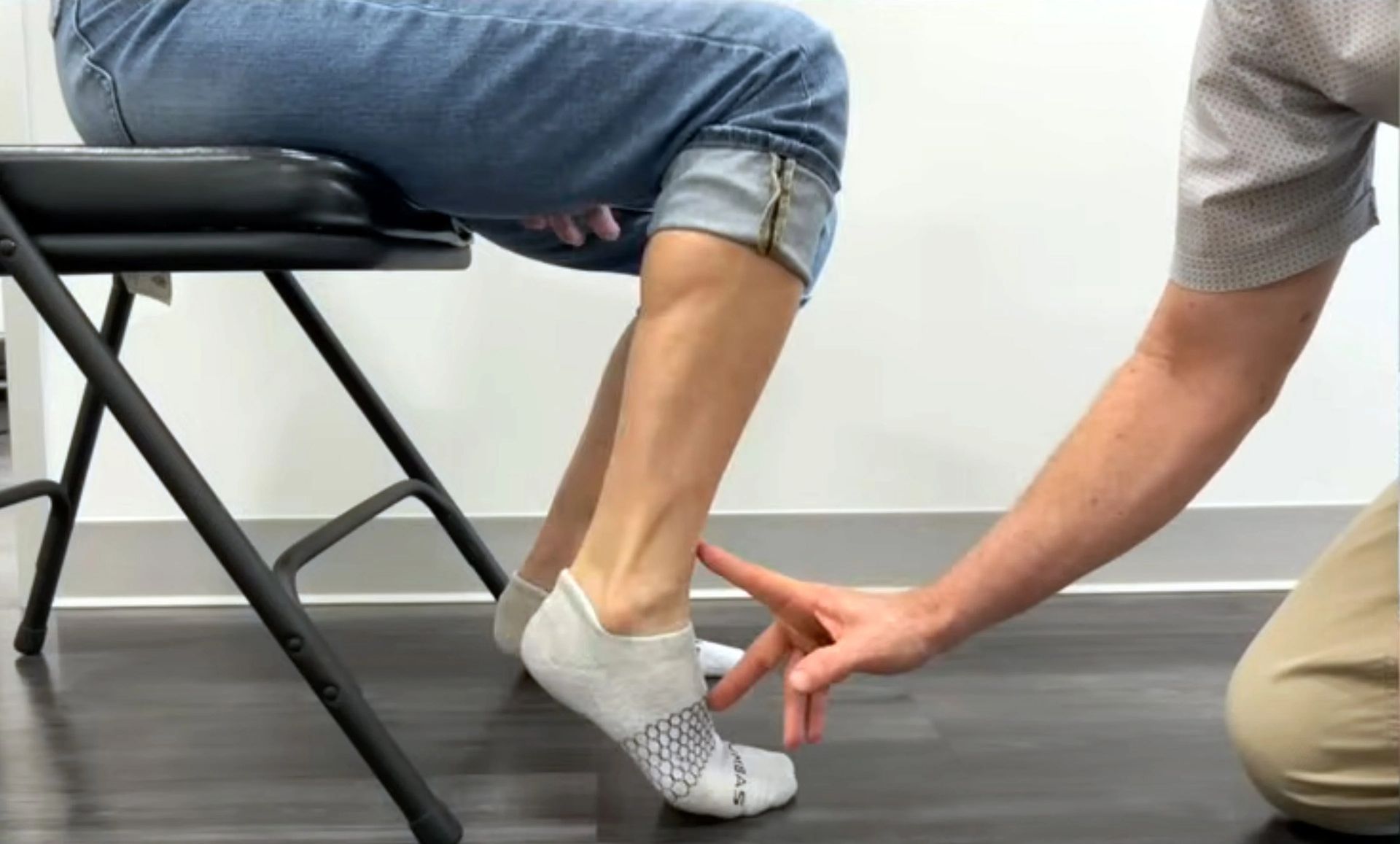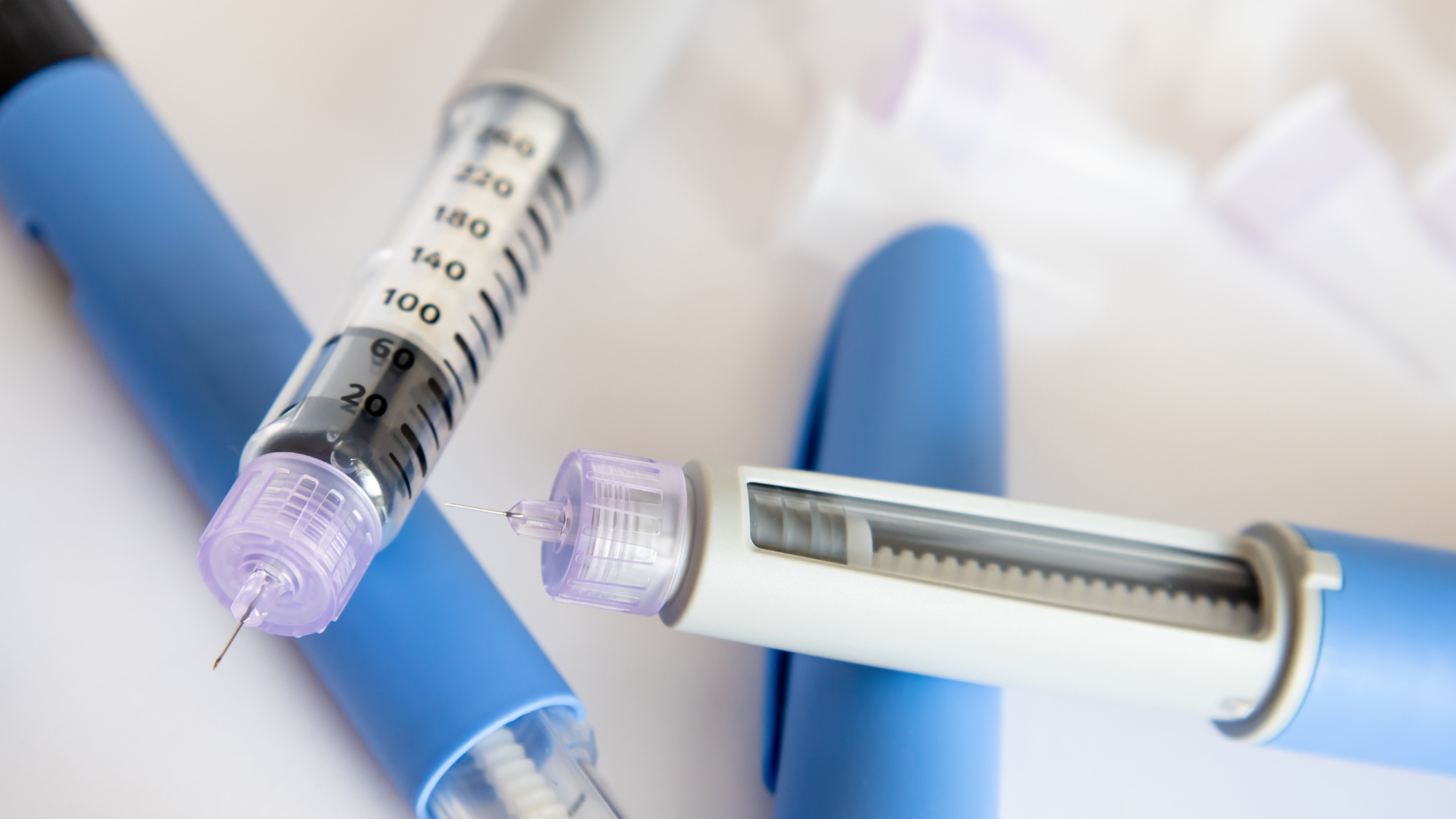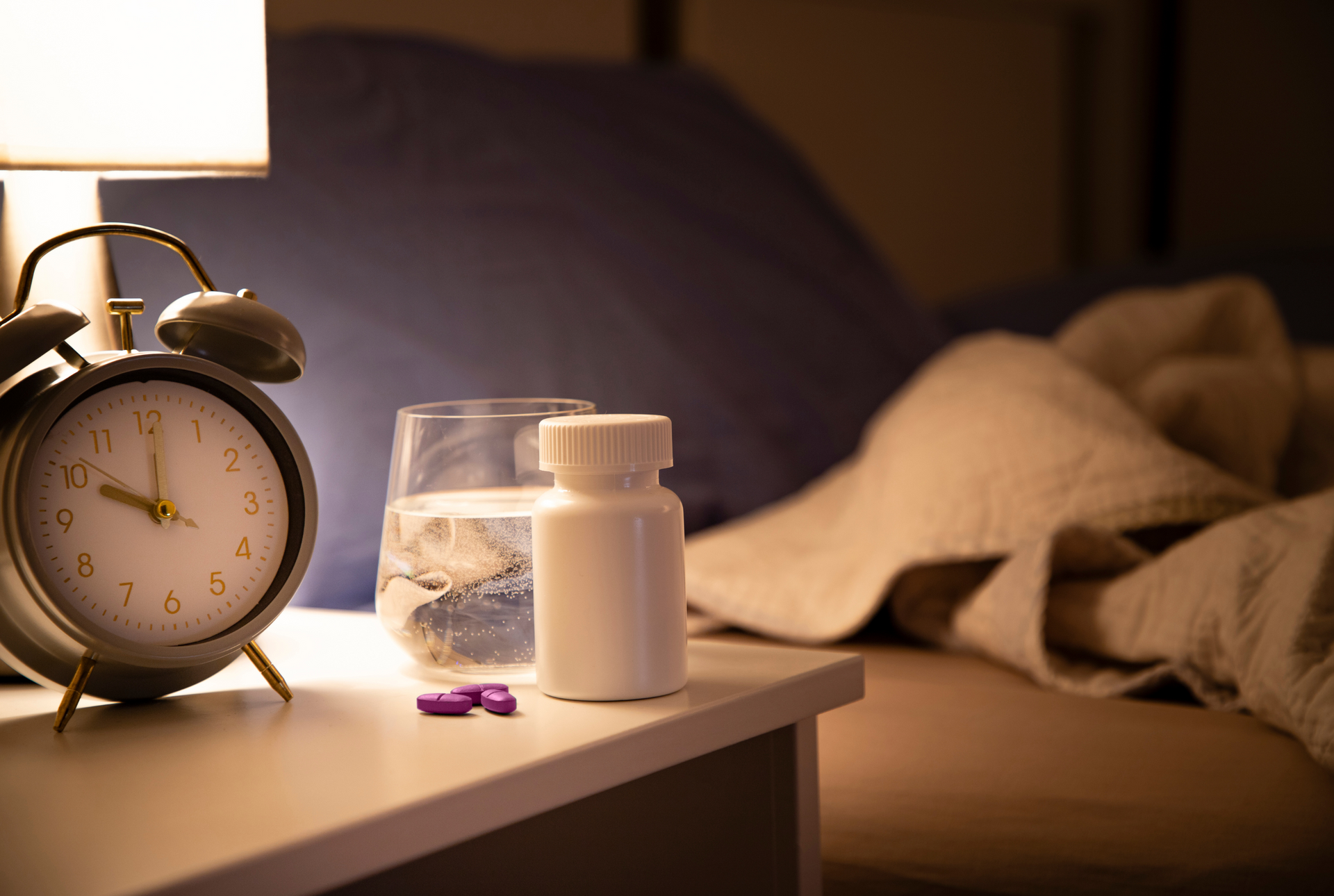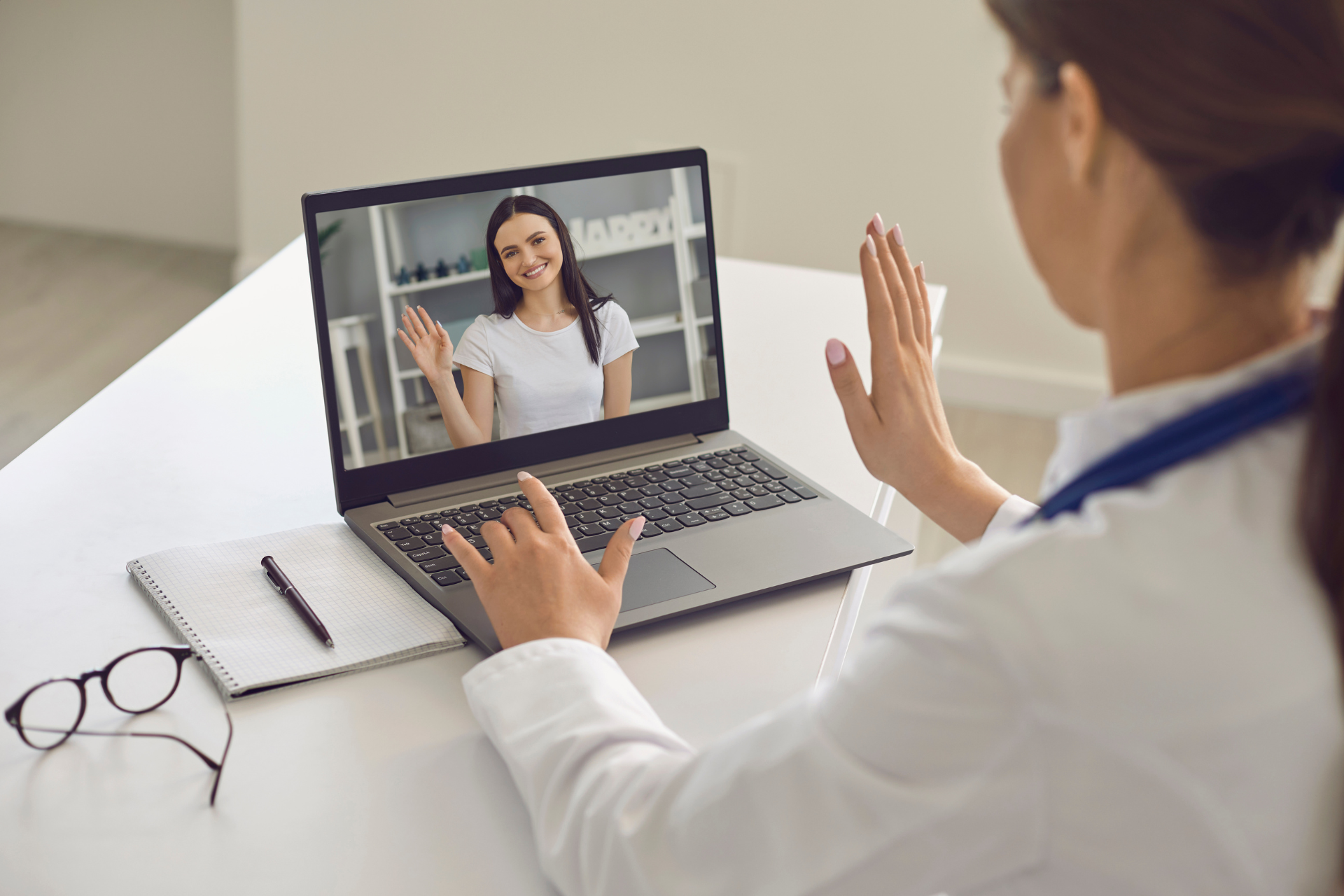4 Exercises To Lower Blood Sugar
Key takeaways:
- Exercise at a steady pace for short periods can help reduce blood sugar.
- Avoid intense or vigorous exercise with hyperglycemia, as it can make blood sugar spike higher.
- You can make simple modifications to exercises to increase safety and still help lower blood sugar levels.
Blood sugar spikes frequently occur at the worst possible time. And while exercise can reduce high blood sugar, that's not much help when you're stuck at your desk, in a meeting, or on a flight.
But take heart. We've collected some simple exercises you can do almost anywhere to get blood sugar moving in the right direction. In my own experience with type 1 diabetes over decades, I've found a few methods that help me bring down highs faster than waiting for my rapid-acting insulin, which suddenly feels anything but rapid when facing hyperglycemia.
Keep in mind, if for any reason any of these exercises don't agree with you, listen to your body. Put the brakes on any exercise that is painful or causes your blood sugar to suddenly rise instead of fall – or fall too quickly.
1. The soleus push-up
This exercise may not be what you're expecting, because the soleus push-up is more like a calf raise than a bicep workout. The great thing about this movement is you can perform it in most situations where you're seated.
The surprisingly effective activity works by engaging the soleus muscle in the calf, which research has shown lowers blood sugar and causes little fatigue even when done for long periods. Here's how to perform this simple exercise:
- Begin seated with your feet flat on the floor.
- Keep your toes in place, press at the ball of the foot – then raise your heels to their full extension.
- Release so your heels go back to the floor. Repeat.

A demonstration of the soleus pushup from a YouTube video produced by Marc Hamilton, a professor at the University of Houston.
You can see a video here of Marc Hamilton, a professor of biology and biochemistry at the University of Houston who developed the exercise, demonstrating how to perform the soleus pushup.
"This really lowers your blood sugar enormously," said LaurieAnn Scher, a certified diabetes care and education specialist who specializes in helping people with diabetes exercise.
To see how your blood glucose responds to the soleus pushup, she recommends checking your blood sugar before starting, performing the exercise for 10 minutes, and then checking it again about 20 minutes later.
While researchers used specialized equipment to monitor the effect, in my (very) non-scientific testing, I found the exercise does in fact move my blood sugar in the right direction when performed for 10 minutes, with the lowering effect kicking in about 15 minutes after completing it. And because it isn't very tiring, it's easy to do for another 10 minutes to help reduce blood sugar if necessary.
2. Squats
Glucose levels that are occasionally a little high at night generally don’t pose serious, immediate health concerns. Most people with diabetes cannot avoid some high glucose levels. However, frequent or long-term highs – particularly extremely high levels (above 250 mg/dL) – can be dangerous. It is important for people with diabetes to reduce high blood sugar as much as possible for two key reasons:
- Frequent hyperglycemia can lead to major health complications caused by damage to blood vessels and nerves, which can affect your eyes, heart, kidneys, nerves, and other organs. This occurs when glucose levels are too high over a long period of time.
- Very high glucose levels can be a sign of diabetic ketoacidosis (DKA), which is when high levels of ketones in the blood indicate that there isn’t enough insulin in your body. This occurs mainly in people with type 1 diabetes and can be life-threatening.
Why does blood sugar go up at night?
Exercises that involve major muscle groups can help lower blood sugar levels. For this reason, Scher suggests squats, which employ the quadriceps and hamstrings in your thighs, glutes, abdominals, and calves.
Here's how to do a squat:
- Stand straight, with your feet set shoulder-width apart.
- Hold your arms out straight ahead of you.
- Engage your core (a simple trick is to cough and hold that position).
- Lower your body like you're going to sit in a chair, and bring your arms down to your sides.
- Return to a standing position.
Scher recommends starting with two sets of 10 repetitions. Squat 10 times, rest briefly, then repeat.
If you have any balance issues or otherwise need to modify this exercise for safety, hold your arms out to your sides. You can also use a chair for squats if that helps.
Perform squats at a slow and steady pace. You want to avoid straining or doing them at a rapid pace, which can cause blood sugar to rise.
Watch a video from Cornell University showing how to do a squat.
3. Tasks and hobbies
Most people don’t think of hobbies or household activities as exercises, but they can be a surprisingly effective way to get back into range.
For example, Scher said that people frequently tell her gardening lowers their blood sugar. Personally, I find that cleaning around the house – climbing stairs, moving from room to room, lugging a vacuum around – makes my blood sugar drop.
Scher reminds us, however, that as always, your diabetes may vary. Stress can send blood sugar higher despite the physical activity. If you’ve ever thrown a dinner party, frantically vacuuming before your guests arrive might resonate.
"Watch for how stressful something seems to you,” she said. “Stress is going to cause you to release adrenaline, and adrenaline usually makes your blood glucose go up."
So, monitoring blood sugar before, during, and after is key
4. Walking or biking
Riding a bicycle (or stationary bike) or walking at a steady pace for 15-20 minutes should lower your blood sugar, Scher said. You can also jog in place. And for those with mobility issues, moving around the house with a walker is likely to help convert glucose into energy.
Researchers from the Universidade Federal do Vale do São Francisco and the University of Staffordshire, who studied how exercise affects blood sugar in people with type 1, echo Scher's advice to avoid vigorous aerobic exercise to keep blood sugar from rising. They suggest low-to-moderate intensity exercise done in shorter bursts, such as intermittent or interval training, instead of continuous aerobic exercise, which is more likely to lead to low blood sugar.
The bottom line
Simple, moderate-effort exercises you can do almost anywhere, including ones you can do standing or sitting, can help address blood sugar spikes.
Because people with diabetes have different reactions to exercise, it's important to check blood sugar before, during, and after exercise. Avoid vigorous or high-intensity exercise, which can cause blood sugar to spike.
If blood sugar rises, or falls too rapidly, stop the exercise. And always keep fast-acting carbs handy like fruit or glucose tablets.
Finally, experts recommend letting your sense of enjoyment guide you. Finding an exercise that you enjoy is key to sticking with it and seeing both short and long-term health benefits.
Healthy Bites















